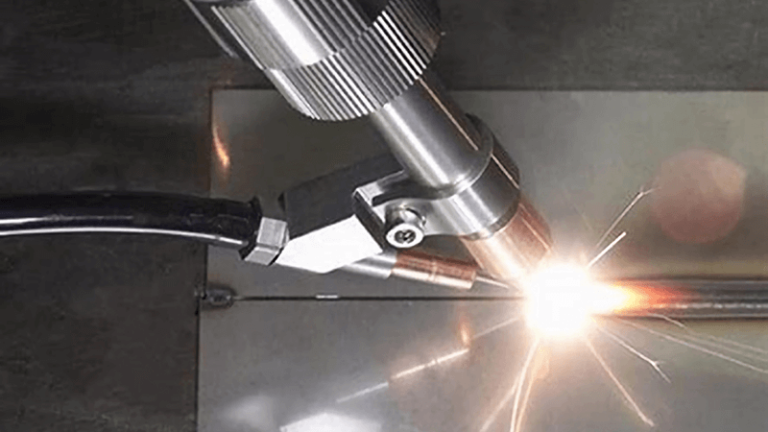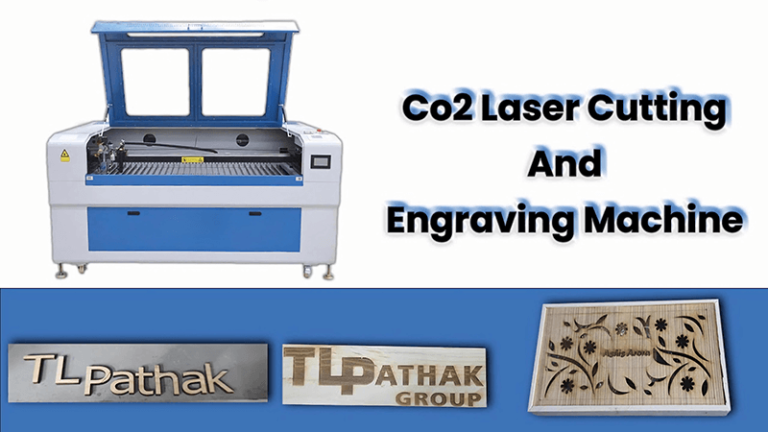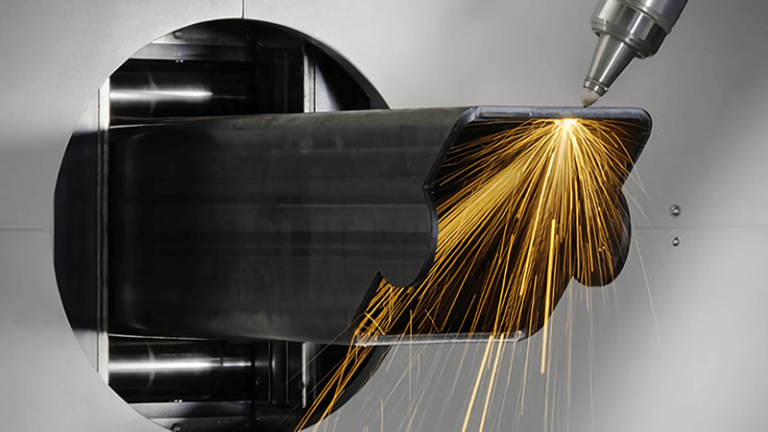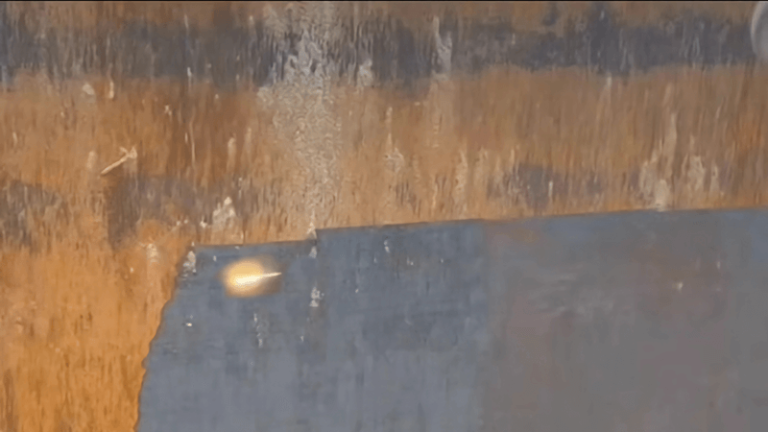Laser welding technology has revolutionized the fabrication and assembly processes across numerous industries, offering a combination of precision, efficiency, and strength. Its application in welding carbon steel—a material known for its versatility and durability—highlights how advancements in laser welding can significantly impact industrial manufacturing.
Understanding Laser Welding with Carbon Steel
Laser welding employs a highly concentrated laser beam to melt and join metals together, creating a strong, durable bond. When applied to carbon steel, this method provides several advantages over traditional welding techniques. These include reduced thermal distortion, higher weld speeds, and the ability to weld in difficult or tight spaces. Moreover, laser welding minimizes the heat-affected zone (HAZ) around the weld, preserving the material's original properties and strength.
Technical Analysis of Laser Welding in Carbon Steel Applications
The versatility of carbon steel makes it a prime candidate for laser welding, especially in industries where structural integrity and precision are paramount. From construction and automotive to energy and defense, the application of laser welding in carbon steel fabrication offers enhanced productivity and quality.
A critical factor in the successful application of laser welding to carbon steel is the understanding and control of welding parameters. These parameters directly influence the weld's quality, strength, and appearance. Optimal settings for power, speed, and gas flow rate depend on the thickness of the steel being welded and the desired characteristics of the weld.
Welding Technical Parameters for Carbon Steel
To achieve the best outcomes in laser welding carbon steel, selecting appropriate technical parameters is crucial. The following table outlines recommended parameters for welding carbon steel of varying thicknesses:
| Carbon steel | |||||||||
| Material and Thickness (mm) | Laser Power (W) | Laser Frequency (HZ) | Duty Cycle (%) | Wobble Frequency (HZ) | Wobble length (mm) | Wire speed (mm/s) | Wire type | Welding Angle | Welding Form |
| Carbon steel 1.0 | 500 | 3000 | 100 | 60 | 2 | 12 | ER304.0.8 | Flat | Penetration |
| Carbon steel 1.0 | 450 | 3000 | 100 | 60 | 2 | 12 | ER304.0.8 | Inner corner | White |
| Carbon steel 1.0 | 500 | 3000 | 100 | 60 | 2 | 12 | ER304.0.8 | Outside corner | 70%Penetration |
| Carbon steel 1.5 | 550 | 3000 | 100 | 60 | 2 | 12 | ER304.0.8 | Flat | Penetration |
| Carbon steel 1.5 | 500 | 3000 | 100 | 60 | 2 | 12 | ER304.0.8 | Inner corner | White |
| Carbon steel 1.5 | 550 | 3000 | 100 | 60 | 2 | 12 | ER304.0.8 | Outside corner | 85% penetration |
| Carbon steel 2.0 | 700 | 3000 | 100 | 60 | 2.5 | 12 | ER304.1.0 | Flat | Penetration |
| Carbon steel 2.0 | 600 | 3000 | 100 | 60 | 2.5 | 12 | ER304.1.0 | Inner corner | White |
| Carbon steel 2.0 | 700 | 3000 | 100 | 60 | 2.5 | 12 | ER304.1.0 | Outside corner | 75% penetration |
| Carbon steel 2.5 | 850 | 3000 | 100 | 50 | 2.5 | 12 | ER304.1.0 | Flat | Penetration |
| Carbon steel 2.5 | 750 | 3000 | 100 | 50 | 2.5 | 12 | ER304.1.0 | Inner corner | White |
| Carbon steel 2.5 | 750 | 3000 | 100 | 50 | 2.5 | 12 | ER304.1.0 | Outside corner | 85% penetration |
| Carbon steel 3.0 | 1300 | 3000 | 100 | 40 | 3.0 | 12 | ER304.1.2 | Flat | Penetration |
| Carbon steel 3.0 | 1100 | 3000 | 100 | 40 | 3.0 | 12 | ER304.1.2 | Inner corner | White |
| Carbon steel 3.0 | 1300 | 3000 | 100 | 40 | 3.0 | 12 | ER304.1.2 | Outside corner | 75% penetration |
| Carbon steel 3.5 | 1650 | 5000 | 100 | 30 | 3.0 | 12 | ER304.1.2 | Flat | Penetration |
| Carbon steel 3.5 | 1200 | 5000 | 100 | 30 | 3.0 | 12 | ER304.1.2 | Inner corner | White |
| Carbon steel 3.5 | 1500 | 5000 | 100 | 30 | 3.0 | 12 | ER304.1.2 | Outside corner | 85% penetration |
| Carbon steel 4.0 | 2400 | 5000 | 100 | 20 | 3.5 | 12 | ER304.1.6 | Flat | Penetration |
| Carbon steel 4.0 | 1800 | 5000 | 100 | 20 | 3.5 | 12 | ER304.1.6 | Inner corner | Yellowish |
| Carbon steel 4.0 | 2000 | 5000 | 100 | 20 | 3.5 | 12 | ER304.1.6 | Outside corner | 85% penetration |
| Carbon steel 5.0 | 2700 | 5000 | 100 | 15 | 4.0 | 12 | ER304.2.0 | Flat | Penetration |
| Carbon steel 5.0 | 2100 | 5000 | 100 | 15 | 4.0 | 12 | ER304.2.0 | Inner corner | color |
| Carbon steel 5.0 | 2300 | 5000 | 100 | 15 | 4.0 | 12 | ER304.2.0 | Outside corner | 80% penetration |
This table provides a starting point for fabricators and engineers working with carbon steel. However, it's important to note that specific project requirements may necessitate adjustments to these parameters. Factors such as joint configuration, material grade, and weld environment can all influence the optimal welding settings.
Conclusion
The application of laser welding in carbon steel fabrication represents a significant step forward in manufacturing technology, offering benefits in speed, precision, and weld quality. By carefully selecting and controlling welding parameters, manufacturers can leverage laser welding to enhance their production capabilities and achieve superior results. As laser technology continues to evolve, its role in industrial manufacturing is set to grow, further enabling innovations and efficiencies in materials processing.





